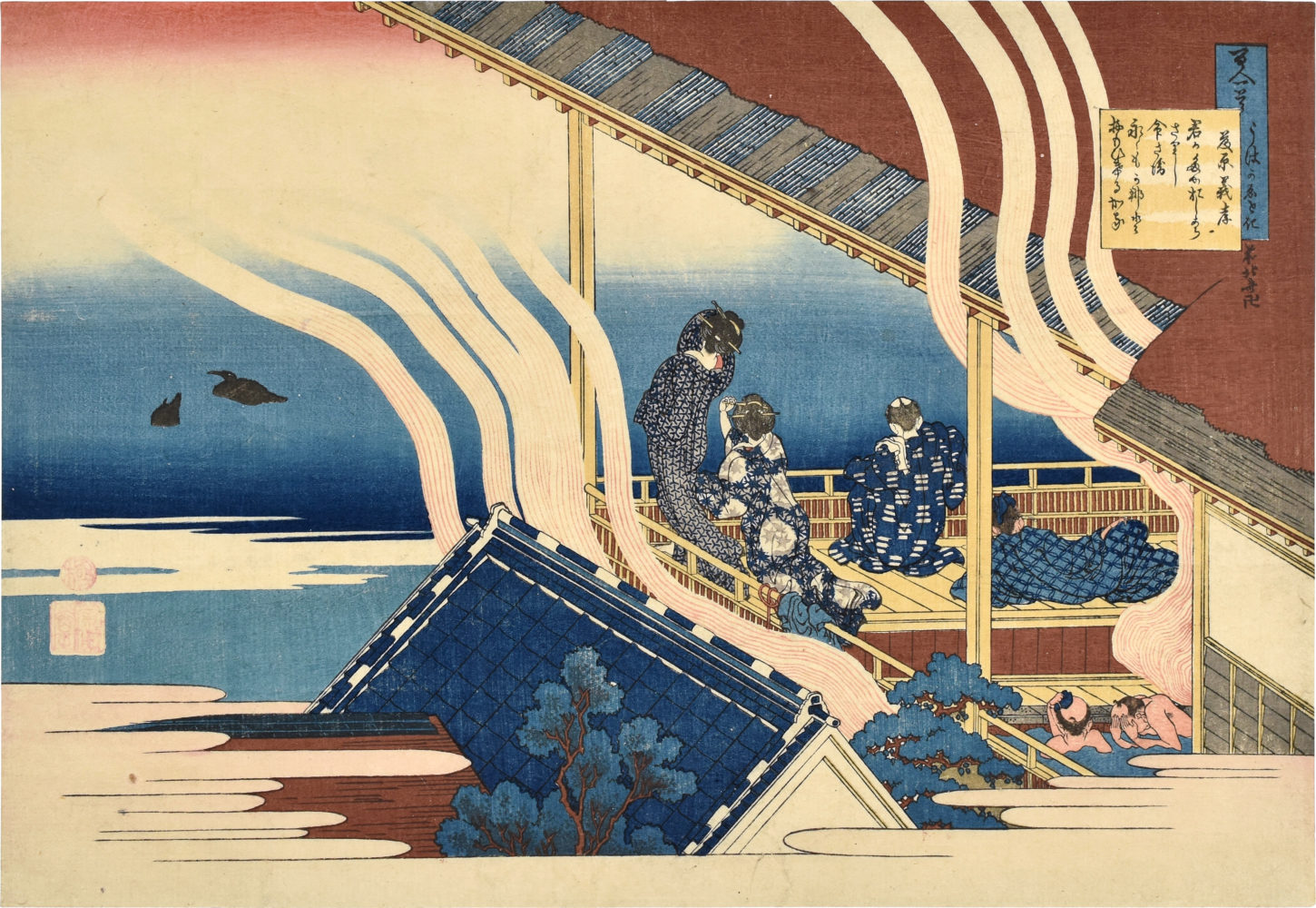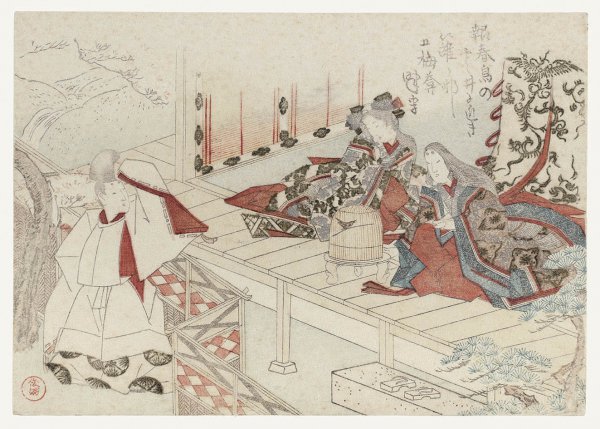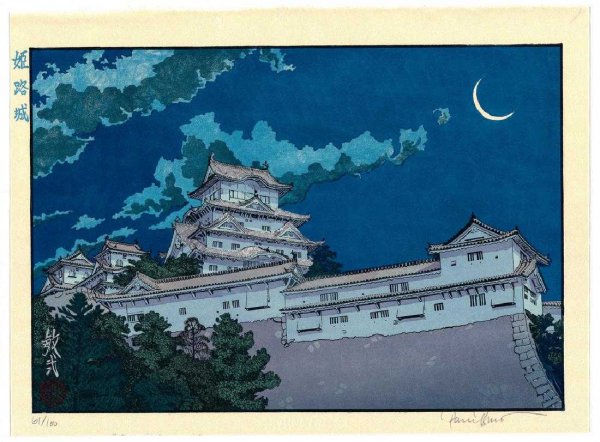Ukiyo-e Prints – An Introduction
Ukiyo-e has changed quite a bit from when it first emerged in the late 16th century. In the beginning, it usually depicted everyday life in Japan, more specifically Kyoto, and were often used to add extra meaning to texts, especially in Buddhist scriptures. There was a shift from this in the 18th century, where it became common to depict beautiful women or kabuki dancers. It was also around this time that the technological advances in woodblock printing meant that ukiyo-e could be distributed to a much wider audience. The combination of these factors allowed ukiyo-e to evolve into a popular art form.

Unlike many other art forms, ukiyo-e often requires the collaboration of different specialised artists. Firstly, the designer imagines the piece and sketches the design. This is then transferred onto paper so thin it is partly transparent, which is used transpose the intended outlines onto a block of cherry wood. At this point, the work falls to the engraver. Following the guidelines the engraver cuts and chisels to create an original negative. With this in place it is now the task of the painter to apply the ink. Originally this would have been the end of the process, but now it is common for prints to be made for distribution. The transfer is completed by applying a piece of paper or cloth over the negative and rubbing it with a rounded pad. When colours were first introduced to ukiyo-e it was common to have separate carved blocks, sometimes up to twenty, each fitted with alignment guides to ensure correct placement for the print. As mass distribution became possible, ukiyo-e prints became a commercial venture. This added a final specialist, the publisher. His task became selecting the theme and quality of the pieces, as well as marketing them to the public. This process makes ukiyo-e a unique art form since, from conception to execution, each artist must rely upon and trust in the skills of the others.

During the Edo period (1615-1868) it was common for ukiyo-e art to focus on romance and seduction. Towards the end of the 19th century, the tastes began to change and they often depicted dramatic historical events. It was also around this time that western cultures were taking notice and being inspired. The bold colours and expressive curves common in ukiyo-e served as great influences to European painters such as Vincent Van Gough and Claude Monet. And the influence was not one sided. While there are still many artists that keep to traditional forms, ideas such as abstract art, impressionism, realism, and even pop culture have all been combined with ukiyo-e.

The 20th century also saw a revival in Japanese printmaking. Western interest was capitalised on by the hin-hanga (new prints) movement. America’s Library of Congress has a vast collection with selected pieces capturing a wide range of ukiyo-e, from traditional to modern.
The sosaku-hanga (creative prints) movement, also around the same time, prompted artists to work independently of others. What had once been artwork formed by collaboration can now be the sole creation of a single talent and intent.
